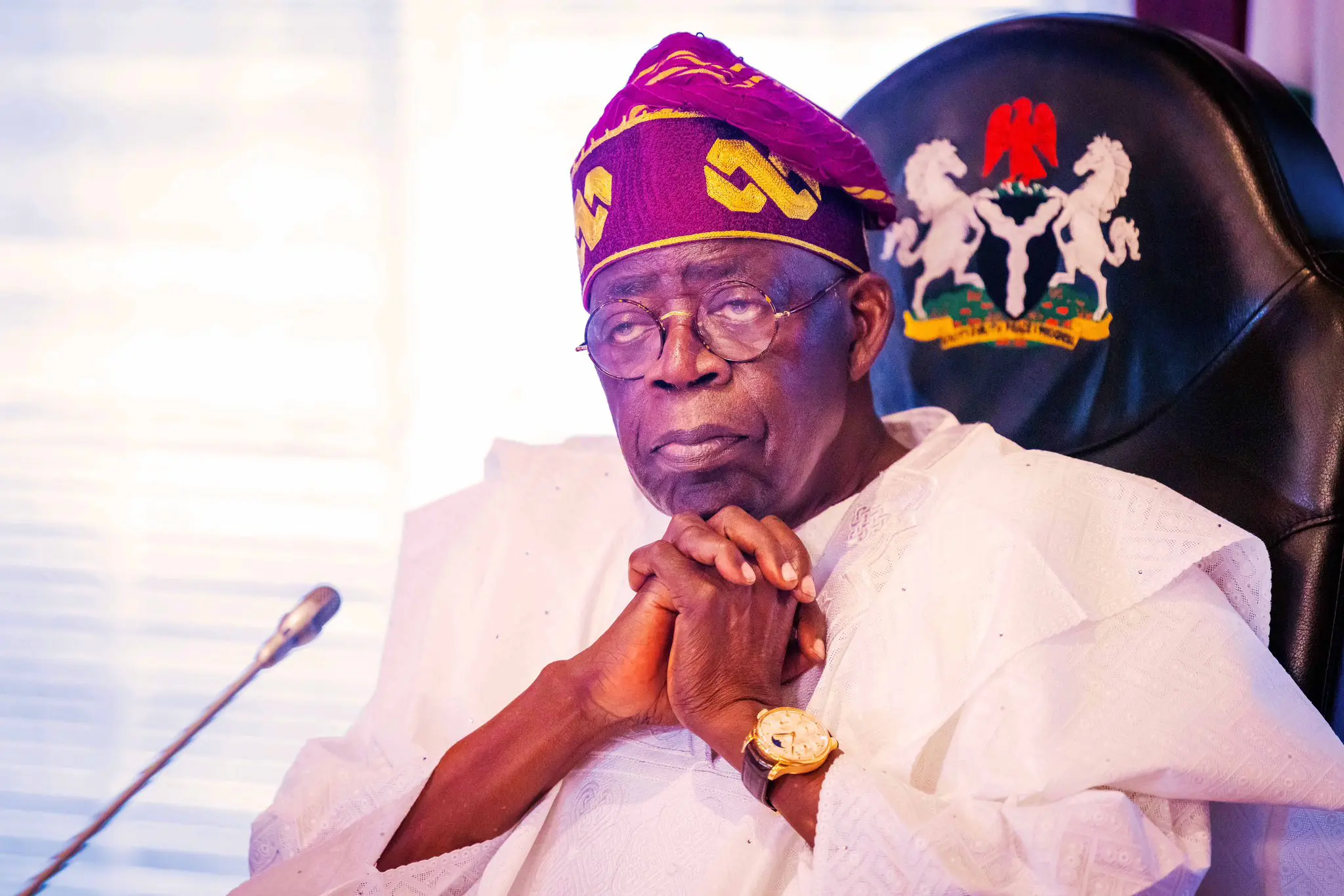Nigeria’s continued slide into poverty despite the deluge of government’s anti-poverty programmes raises questions over the efficacy and relevance of official pronouncements and actions. Questions must be asked as to whether the failure is from the solutions being proffered, or has poverty as a phenomenon mutated to a certain resistance level that makes it hard to tackle.
In 2018 when Nigeria temporarily became the global headquarters of poverty, about 40.1 per cent of the population, or some 87 million Nigerians were in that class. Nigerians cried and wondered why that should be so. Many were disappointed that this richly blessed nation, endowed with perhaps a disproportionate amount of human and abundant resources, should have anything to do with poverty to that degree. Yet that was the reality.
Fast-forward to 2024! The size of the poverty class has ballooned to 129 million or 56 per cent of the population, according to the latest figures from the World Bank. This negative progression is a sad reality that belies public claims and pronouncements on the efficacy of economic policies.
This is happening even as the World Bank is telling the world that its poverty-reduction policies are meeting severe resistance. Two reports released by the World Bank last week provide the facts for today’s discourse on poverty. One is Nigeria Development Update (October 2024). The other is POVERTY, PROSPERITY, AND PLANET REPORT 2024. Quite interestingly, the title of the report is “PATHWAYS OUT OF THE POLYCRISIS”.
- Kaltungo Emirate donates relief materials to Borno flood victims
- Buy petrol at N1k per litre or CNG at N200 per meter, Tinubu tells Nigerians
Noting that today, more than half of Nigeria’s population lives below the poverty line (those who subsist on less than $2:15 a day), the World Bank in Nigeria Development Update provided a picture of these dynamics. It explains that this is a reflection of the “modest overall pace of economic growth,” which it says is insufficient to compensate for the erosion of purchasing power brought about by inflation.
I provided a further illustration to this on a radio programme on Monday. I explained that apart from more Nigerians who have been born into poverty since then, others who previously were not in that bracket have since joined the class via the scourge of inflation.
What the Bank is explaining here is that some who were considered rich because of their consumption spending last year or even earlier this year, have become poor now because inflation has taken away much of the value of the money they had. Therefore, even without losing any portion of their nominal naira income, they are no longer able to maintain the consumption they enjoyed last year.
This point is quite significant. First, it shows clearly the seriousness of anti-inflation policies. Fighting inflation through policies is not just a mere appendage to public and economic policy packages. Its success or failure makes a difference between whether citizens are poor or not.
This point is also significant given that high and sometimes persistent inflationary pressure is a characteristic of frontier markets, that sub-group of emerging economies that experience high, but unpredictable growth. Such economies also experience macro instability. Inflation in these economies, as we have experienced in Nigeria, arises from structural difficulties in addition to monetary pressures.
These structural challenges lead to supply-chain distortions which in turn impede production processes. These supply-chain blockages ultimately lead to inflation because they reduce the supply of goods. With such features, inflation becomes almost a permanent feature of the economy, hence the continuous erosion of the real value of the people’s income and their descent into poverty.
Besides the contribution of inflation to the poverty dynamics, the Bank says that the increase in the number of the poor in our society also mirrors a non-inclusive structure of growth. It contends that even in the period when Nigeria’s GDP was expanding more rapidly in the early 2010s, richer households still benefited more.
Yes, we had a golden era of high growth rates, with the economy growing at about 6%, 7%, etc. Yet, did not lift everyone out of poverty because, even within such a period, the benefits were not evenly distributed. Only those who are positioned, either through employment wealth or investments stand the chance of benefiting from an increase in the GDP.
This is why the Bank noted in the NDU that without jobs, poor Nigerians will not be able to escape poverty, but with poverty high and rising in Nigeria, jobs and incomes must keep pace with population growth and inflation.
It is significant, however, to note that this dismal performance against poverty is not limited to Nigeria. At least, the World Bank’s reports indicate. This truth is captured in the sub-title of the Bank’s POVERTY, PROSPERITY, AND PLANET REPORT: Pathways Out of the Polycrisis.
This report is an acceptance by the global lender that its policies have encountered some resistance, a development that has led to a policy crisis and therefore calls for an overhaul of its toolkit. According to the Bank, “Global poverty reduction has slowed to a near standstill, with 2020–30 set to be a lost decade”.
For Nigeria and the countries where most of the poor reside, the bank has a piece of frightening news for us: “At the current pace of progress, it would take decades to eradicate extreme poverty and more than a century to lift people above $6.85 per day.”

 Join Daily Trust WhatsApp Community For Quick Access To News and Happenings Around You.
Join Daily Trust WhatsApp Community For Quick Access To News and Happenings Around You.